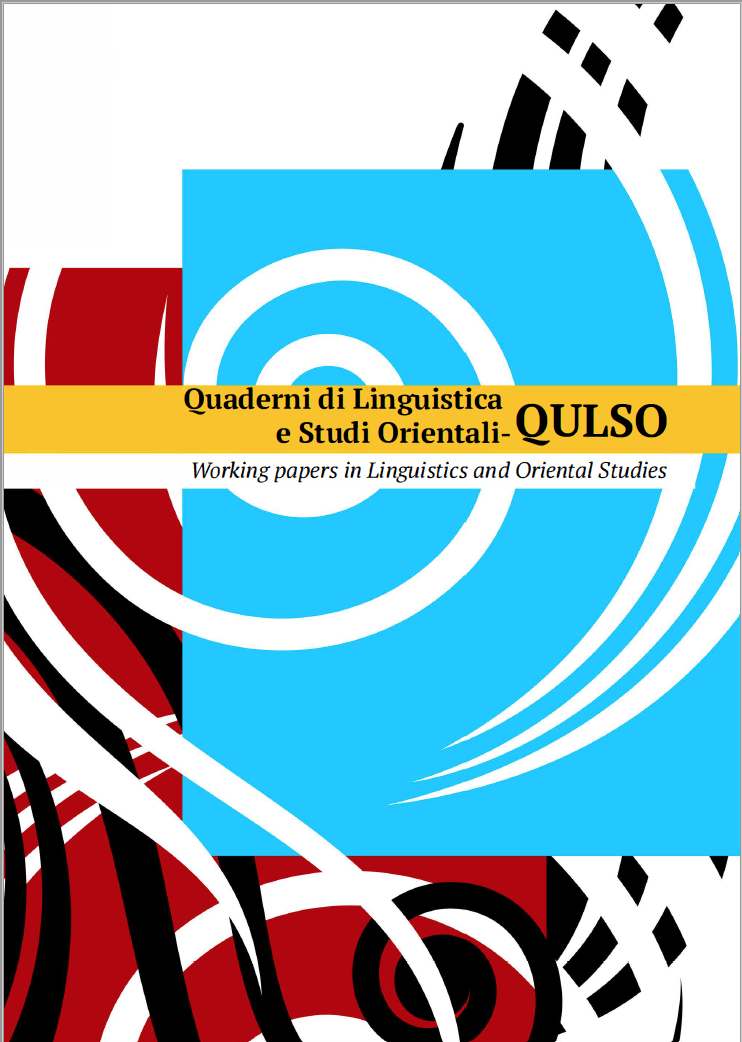Published 2019-08-29
Keywords
- Infinitive,
- Inflection,
- Participle,
- Preposition,
- Subject
How to Cite
Abstract
In English, finiteness has an extremely limited realization in morphology and is almost exclusively defined in syntax. In particular, there are two main morphological forms, the stem and the stem followed by the -ed ending, which function as finite or as non-finite (infinitive, participle) depending on the syntactic context. We propose that the main split of English is aspectual and tense and mood specifications are derived by the syntactico-semantic context. Importantly, there is no necessary connection between the form that non-finite complementation takes in English and the reduced inflectional paradigm of the language. Geg Albanian and Romanian are richly inflected languages. Yet the short infinitive of Romanian coincides with the verb stem; the Geg Albanian verb stem externalizes the infinitive (paskajore) and participle. Therefore in Balkan languages as well, non-finiteness is defined by syntactic context. Specific attention is paid to the role of the subject and of prepositional introducers in disambiguating the relevant verb forms.



